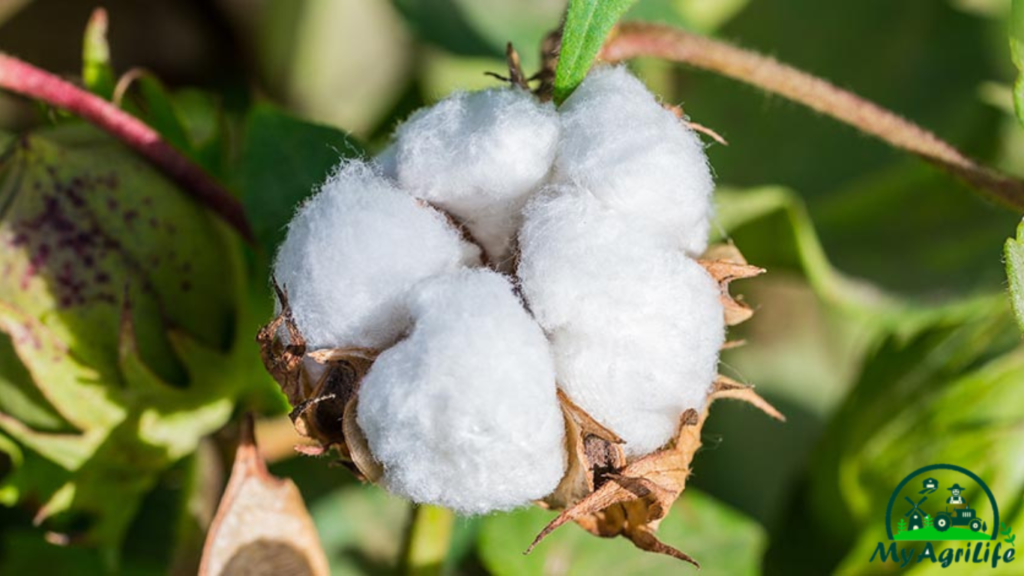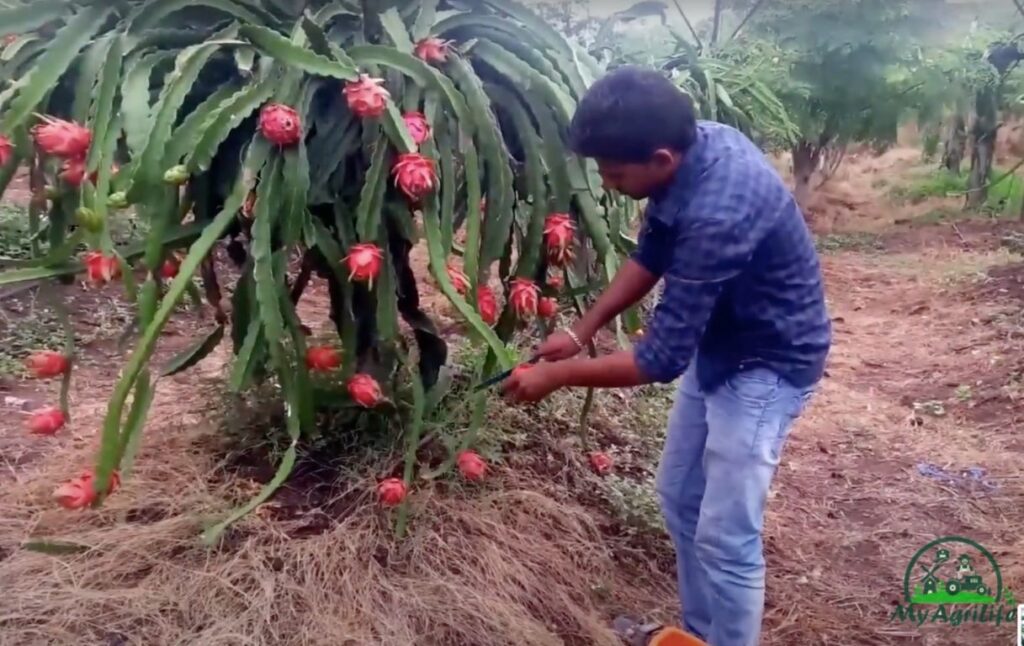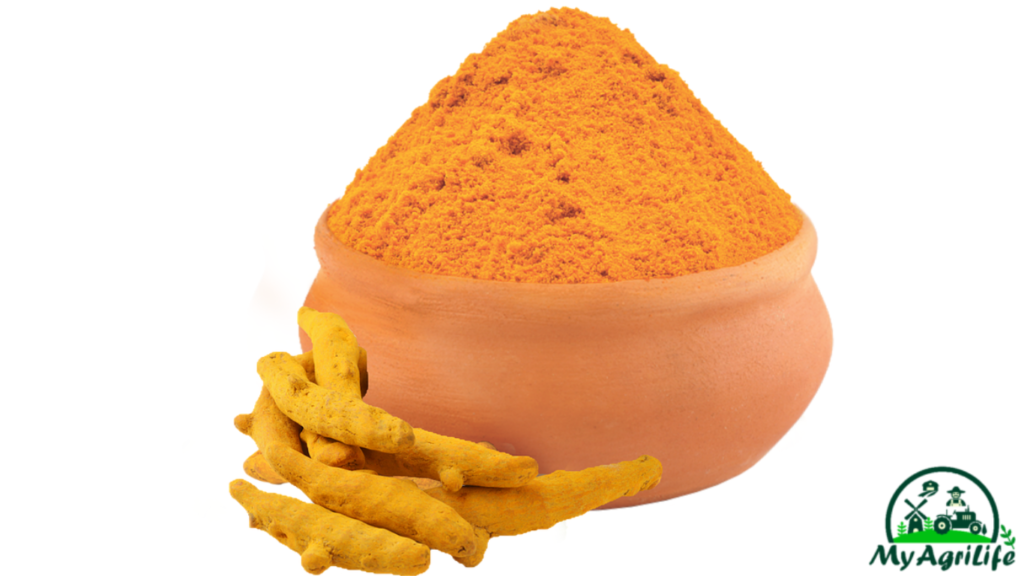
Turmeric is a spice that comes from the root of the Curcuma longa plant, which is native to India and Southeast Asia. It has a bright yellow color and a warm, bitter taste.
Turmeric is widely used in cooking and is a key ingredient in many Indian, Middle Eastern, and Southeast Asian dishes, such as curry. It is also used as a natural food coloring.
In addition to its culinary uses, turmeric has been used in traditional medicine for centuries. It contains a compound called curcumin, which has powerful antioxidant and anti-inflammatory properties. Some research suggests that curcumin may have a number of health benefits, such as reducing inflammation, improving brain function, and reducing the risk of certain types of cancer.
Turmeric is generally considered safe when used in moderation in cooking or taken as a supplement. However, high doses may cause gastrointestinal issues, and it may interact with certain medications. As always, it is important to speak with a healthcare provider before taking any new supplement.
Seed Specification Turmeric
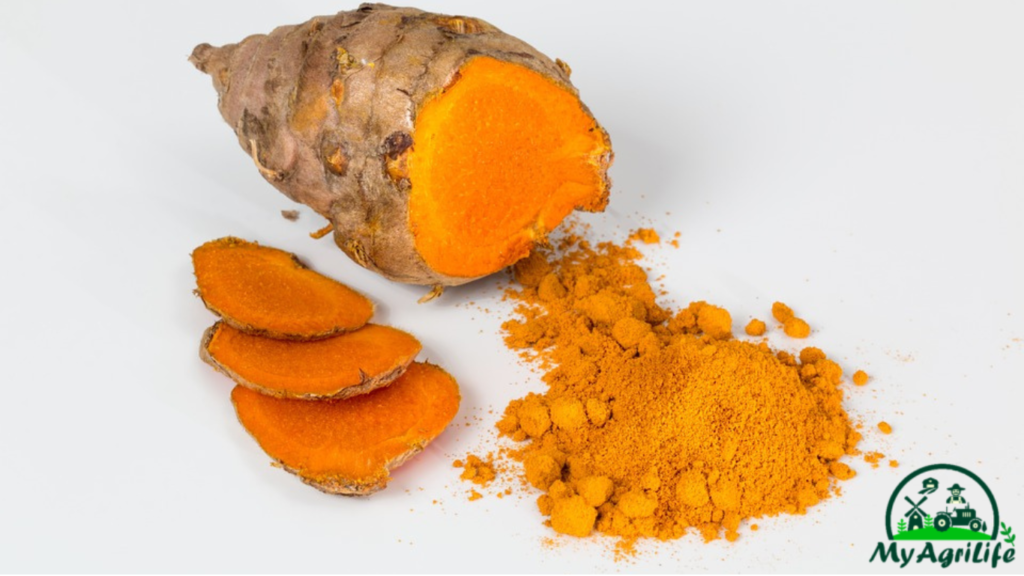
Turmeric seeds are not typically used for growing turmeric, as the plant is usually propagated by dividing the rhizomes (underground stems). However, the rhizomes themselves can be referred to as “seeds” in some cases.
If you are looking to grow turmeric, it is best to purchase fresh rhizomes from a reputable source. The rhizomes should be plump, firm, and free from mold or soft spots.
When planting turmeric, it is important to choose a well-draining soil and a location with partial shade. The rhizomes should be planted about 2-3 inches deep, with the “fingers” facing upwards. Water regularly and fertilize with a balanced fertilizer.
Turmeric plants will typically take 8-10 months to mature, and the rhizomes can be harvested once the leaves begin to yellow and die back. To harvest, carefully dig up the rhizomes and brush off any soil. They can be used fresh or dried for later use.
Land Preparation & Soil Health Turmeric
Preparing the land and ensuring soil health are important steps in growing healthy and productive turmeric plants.
Land preparation:

1.Clear the land of weeds, rocks, and debris.
2.Till the soil to a depth of 15-20 cm to loosen it and improve drainage.
3.Add organic matter such as compost or well-rotted manure to improve soil fertility and structure.
4.Create ridges or mounds to improve soil drainage and prevent waterlogging.
Soil health:
1.Test the soil to determine pH and nutrient levels. Turmeric plants prefer a slightly acidic soil with a pH of 5.5-6.5.
2.Adjust soil pH if necessary using lime or sulfur.
3.Incorporate micronutrients such as zinc, boron, and iron into the soil if they are deficient.
4.Apply a balanced fertilizer before planting to provide essential nutrients.
5.Use natural pest control methods and avoid synthetic chemicals to maintain soil health and promote biodiversity.
By following these steps, you can create a healthy soil environment that supports the growth and productivity of your turmeric plants.
Crop Spray & Fertilizer Specification Turmeric
Crop spraying and fertilization are important aspects of growing turmeric. Here are some general guidelines for crop spraying and fertilization for turmeric plants:

Crop spray:
1.Apply a preventive spray of neem oil or other natural pesticide to prevent pests and diseases.
2.Apply a foliar spray of seaweed extract or other natural plant growth promoter to improve plant health and vigor.
3.Repeat the preventive spray and foliar spray at regular intervals throughout the growing season as needed.
Fertilizer specification:
1.Apply a balanced fertilizer such as 10-10-10 or 14-14-14 at a rate of 60-70 kg per acre before planting.
2.Side-dress with nitrogen fertilizer at a rate of 30-40 kg per acre at 30 and 60 days after planting.
3.Apply potassium fertilizer at a rate of 40-50 kg per acre at 90 days after planting to improve root and rhizome development.
4.Apply micronutrient fertilizers such as zinc, boron, and iron if they are deficient in the soil.
5.Use organic fertilizers such as compost or well-rotted manure to improve soil fertility and structure.
It is important to follow the recommended rates and timings for crop spraying and fertilization, as overuse or underuse can have negative impacts on plant health and productivity.
Weeding & Irrigation Turmeric
Weeding and irrigation are important aspects of growing turmeric plants. Here are some general guidelines for weeding and irrigation for turmeric:

Weeding:
1.Remove weeds manually or use a hoe to keep the soil around the plants free from weeds.
2.Weeding should be done regularly to prevent weed competition with turmeric plants.
3.Avoid using herbicides as they may damage the turmeric plants.
Irrigation:
1.Turmeric plants require regular watering, especially during the dry season.
2.The frequency of irrigation will depend on soil moisture content and weather conditions.
3.Water the plants deeply to encourage root growth, but avoid over-watering which may cause waterlogging.
4.The best time to irrigate turmeric is in the early morning or late evening to minimize water loss due to evaporation.
5.Mulching can help to conserve soil moisture and reduce water loss from the soil surface.
By following these guidelines for weeding and irrigation, you can help to ensure healthy growth and optimal yield of your turmeric plants.
Harvesting & Storage Turmeric
Harvesting and storage are important steps in the turmeric cultivation process. Here are some guidelines for harvesting and storing turmeric:
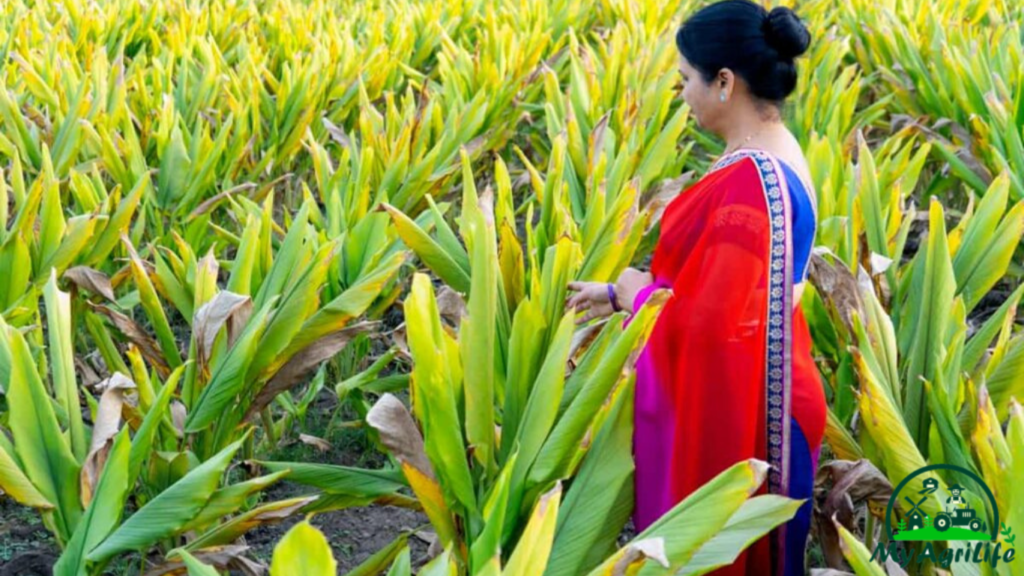
Harvesting:
1.Turmeric plants usually take 8-10 months to mature, and the rhizomes can be harvested once the leaves begin to yellow and die back.
2.Carefully dig up the rhizomes using a digging fork or similar tool, being careful not to damage them.
3.Brush off any soil from the rhizomes and remove the fibrous roots.
4.The harvested rhizomes should be washed in water to remove any remaining soil or debris.
Storage:
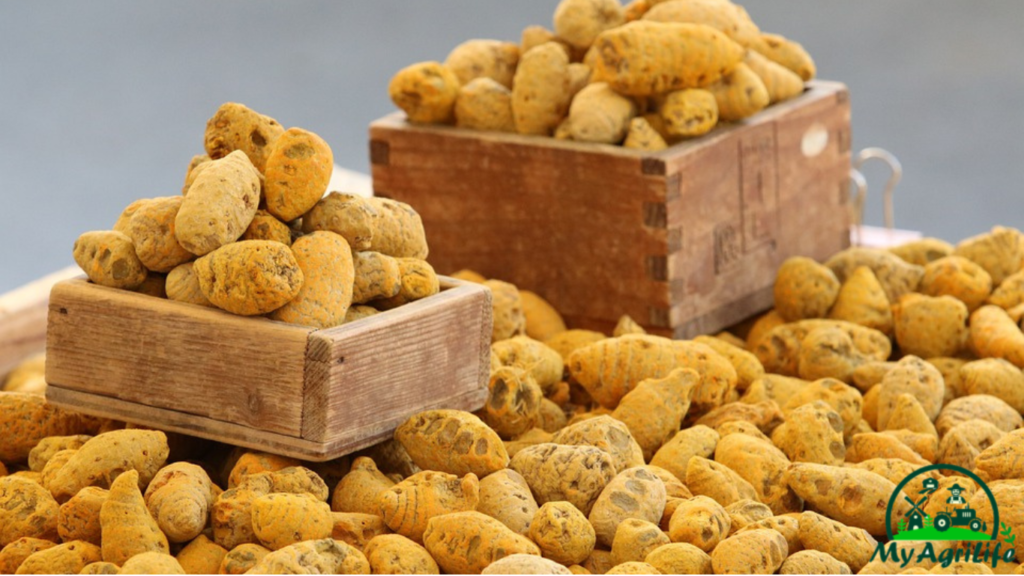
1.Dry the washed rhizomes in the sun or a well-ventilated area for several days until they become hard and brittle.
2.Store the dried rhizomes in a cool, dry, and dark place to prevent mold growth and insect infestation.
3.Turmeric rhizomes can be stored for up to 6 months or longer if properly dried and stored.
If you plan to use the rhizomes for planting in the next growing season, store them in a cool, dry place and label them with the variety and the date of harvest.
By following these guidelines for harvesting and storage, you can ensure that your turmeric rhizomes remain fresh and usable for cooking or planting in the future.
Conclusion
In conclusion, turmeric farming can be a rewarding and profitable venture for farmers. Turmeric is a valuable spice with many health benefits, and its demand has been steadily increasing in recent years. Successful turmeric farming requires proper land preparation, soil health management, crop spray and fertilizer application, weeding, and irrigation. Harvesting and storage are also important steps in the process. By following the guidelines for each stage of the farming process, farmers can ensure optimal growth and yield of their turmeric plants. With its many uses in culinary and medicinal applications, turmeric farming can be a lucrative opportunity for farmers looking to diversify their crops and expand their business.








